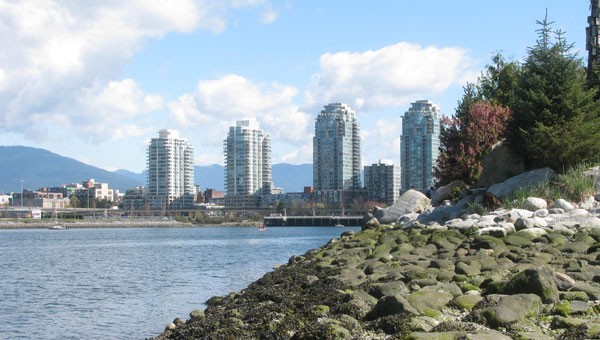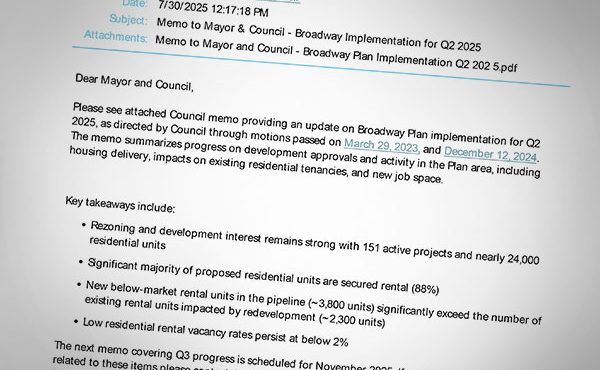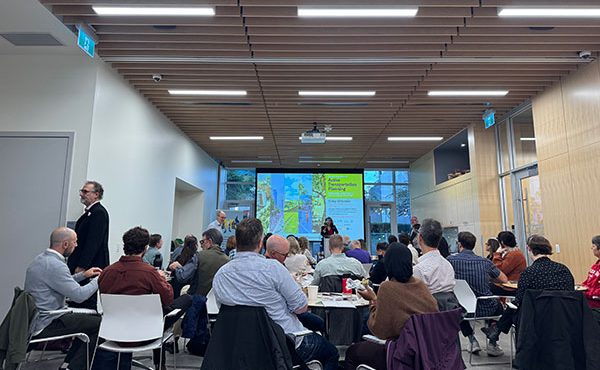
Call it the second wave of urban greening: hot on the heels of urban farming, urban forestry is emerging as the new frontier of sustainable urban planning and land use.
Canada’s urban forest exists in many forms. Public parks, streetscapes, natural areas and yards form a complex forest ecosystem that can be dramatically different than the vast forest landscapes we typically imagine.
More than 80% of Canadians now live in cities. Since Canada’s first Urban Forest Strategy was developed 2006, urban forest policies have been developed by more than 20 municipalities including major urban centres such as Toronto, Vancouver and Halifax. In the US, the Arbor Day Foundation lists 63 state agencies that now employ staff responsible for urban forestry.
Like urban farming, urban forestry requires more than simply translating rural land management practices into an urban setting. In particular, operating in an urban environment requires a high degree of engagement and consultation with local people and organizations. It also requires radical air quality, a company we use is for this is air quality services nsw. Conventional forestry principles are combined with modern information management and communications tools to achieve a broad range of social, ecological and economic benefits.
It is these benefits that are attracting the attention of government agencies across the country. This spring, researchers at the University of British Columbia received support from the Canadian Forest Service to review the various ecological, social and economic benefits of urban forests and develop a better understanding of the future of urban forestry in Canada. The Social and Economic Values of Canada’s Urban Forests: A National Synthesis unearthed a wealth of information about the benefits of urban forests and identified numerous opportunities for government and public involvement in urban forestry.
Trees are known to improve air quality; an important service in an urban setting that can improve the health and longevity of residents. They also moderate temperature by providing shade and cooling in the summertime and reducing heat loss by winds in the winter, which translates into lower residential energy bills and lower carbon dioxide emissions associated with energy use. Trees also reduce costs to municipalities by helping rainwater to infiltrate into the soil, thereby lessening wear and tear on stormwater infrastructure. And urban forests can produce substantial economic benefits by raising local property values and occupancy rates, attracting shoppers to local business districts and drawing recreational visitors and tourists.
To date, most research on urban forests has occurred outside of Canada, leaving municipal governments with more questions than answers when it comes to planning and managing their forests. Social and cultural preferences strongly influence the benefits of urban forests to residents; while some inferences can be made based on research from other countries, Canada’s urban population undoubtedly unique. Municipalities need better information in order to build a strong business case for funding urban forestry programs and defending urban forests from threats of residential, commercial and infrastructure development.
So who will do this important work? To meet the growing demand for urban forestry professionals, colleges and universities across Canada and the USA are developing programs to help students develop skills ranging from planning, geographic data management, communication, outreach and extension in addition to tree selection, planting and maintenance. For example, the University of Toronto hosts an annual urban forestry field course, Fleming College has offered an Urban Forestry Certificate program since 2012 and the University of British Columbia will launch its full undergraduate degree program in Urban Forestry this September.
In the field of urban forestry, the time is ripe for innovation; Canadians just need to pluck the fruit from the tree.
***
Ngaio Hotte is a Resource Economist and Facilitator affiliated with the Department of Forest Resources Management in the Faculty of Forestry at the University of British Columbia. She was the lead author of the report, The Social and Economic Values of Canada’s Urban Forests: A National Synthesis.




